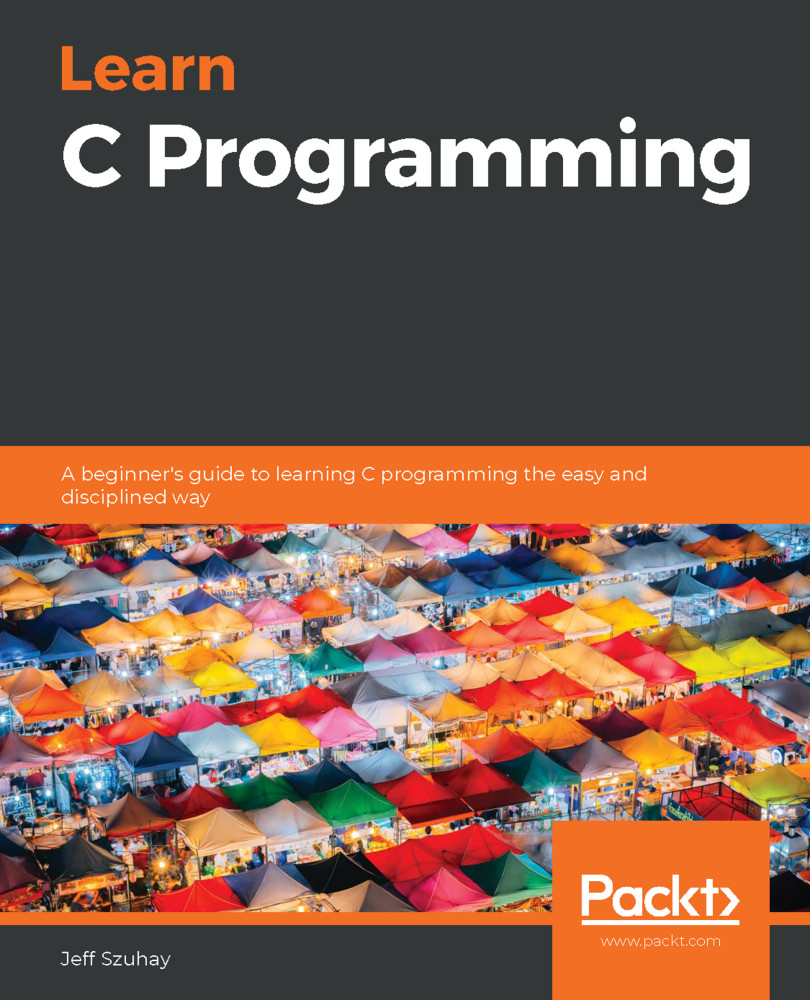Many books have been written about the myriad data file formats that are out there. These include graphics file formats, audio file formats, video formats, and data file formats for various database files and well-known application program files, such as Microsoft Word and Microsoft Excel. Often custom file formats are closely guarded company secrets or, if not secret, are only documented in the source code that manipulates them.
Along with data file formats, there are nearly as many file processing techniques—far too many to be given even a cursory overview in a beginning C programming book. File processing techniques are generally divided into sequential-access and random-access files but this is an oversimplification. Within each of these categories, there can be many variations of how they are internally organized and subsequently processed. Furthermore, in some cases, complex computer programs may open more input and output files as they run...


